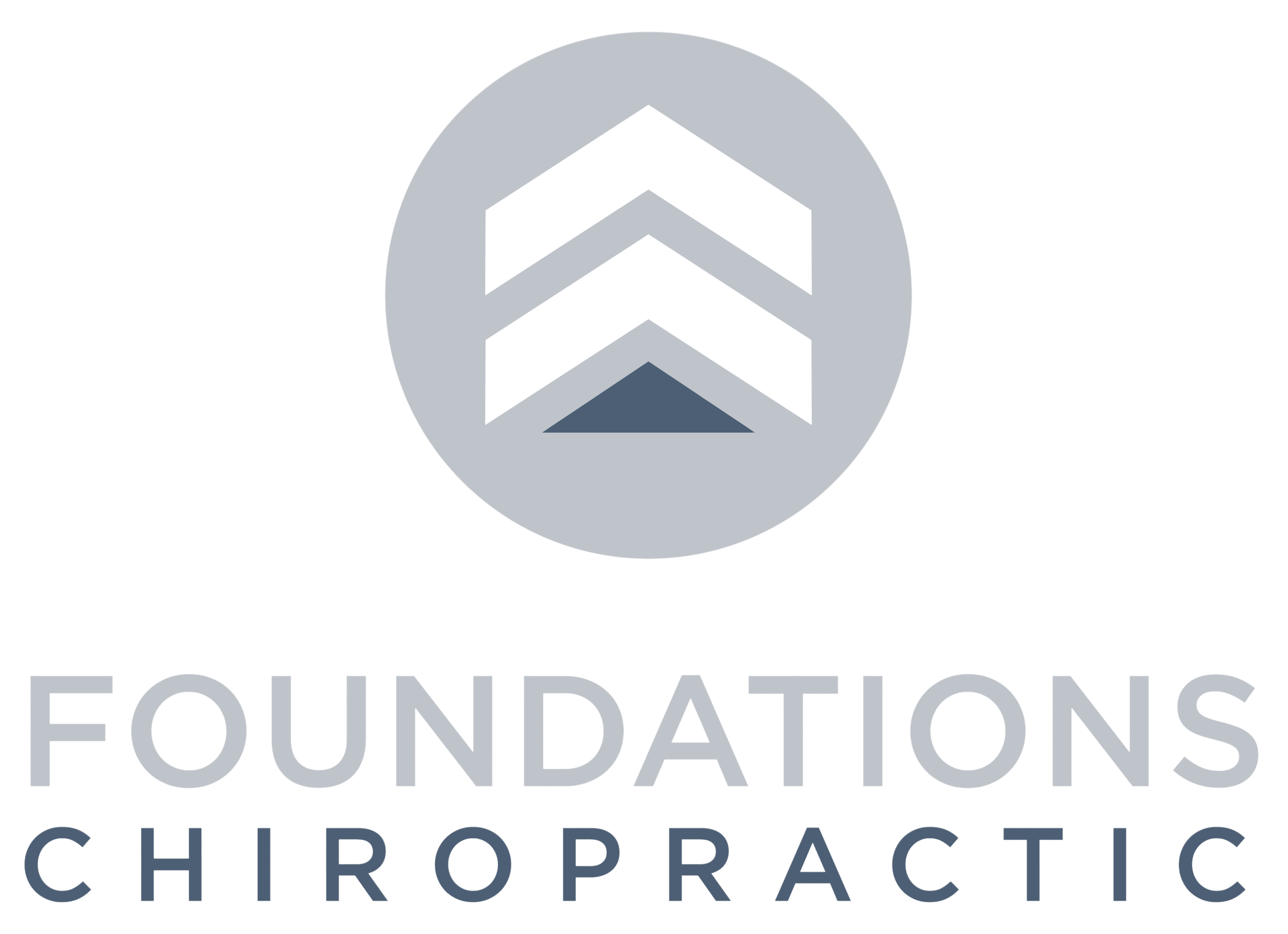If your child seems to struggle with sniffles, sneezes, or itchy eyes every spring or fall, you’re not alone—and it’s likely not “just a cold.” Seasonal allergies, often called hay fever or allergic rhinitis, are common in children, especially those with developing immune and nervous systems.
And unfortunately, today’s kids are more vulnerable than ever before.
With rising rates of chronic inflammation, sensory challenges, and immune system dysfunction, more children are experiencing seasonal allergies at younger ages—and with more intensity. These reactions are not just inconvenient—they can truly interfere with sleep, school, behavior, and the simple joy of playing outside.
But here’s what’s most important to know: seasonal allergies are not caused by pollen alone. The real challenge lies within how your child’s nervous and immune systems are working together.
🌼 Understanding What Triggers Seasonal Allergies
Pollen from blooming trees in the spring or ragweed and mold in the fall are common environmental triggers. But your child’s reaction to these triggers has everything to do with how their neuro-immune system is functioning.
When a child’s body misidentifies something harmless—like tree pollen—as a threat, their immune system responds by releasing histamines. These histamines cause symptoms like sneezing, congestion, itchy eyes, and fatigue.
This overreaction is a sign that the immune system is stuck in overdrive… and in many cases, it’s because the nervous system is stuck there too.
🌿 Why Today’s Children Are More At Risk
Many children today are dealing with neurological stress from an early age—whether due to birth interventions (like c-sections, inductions, or the use of forceps), chronic stress, or early developmental challenges. These stressors can affect the vagus nerve and overall function of the autonomic nervous system, leading to a state called dysautonomia.
When a child’s nervous system is imbalanced or overstimulated (subluxated), their immune system is more likely to react excessively to everyday elements like pollen.
That’s why symptoms of seasonal allergies are often more severe in children with sensory issues, focus challenges, or behavioral difficulties—the root causes are all connected.
💡 Signs Your Child May Be Dealing with Seasonal Allergies
Because allergy symptoms can mimic colds or even behavioral struggles, it’s important to know what to look for:
- Frequent sneezing during certain times of the year
- Constant runny or itchy nose
- Stuffy nose or mouth breathing
- Itchy, scratchy throat
- Postnasal drip or frequent throat clearing
- Feeling tired, cranky, or “off” during high-pollen seasons
- Trouble focusing or paying attention
- More frequent ear or sinus infections
If these symptoms appear like clockwork each year, especially in spring or fall, seasonal allergies may be at play.
🌻 Spring vs. Fall Allergies: What’s the Difference?
In the spring, tree pollen is the most common trigger—especially from birch, oak, and maple trees. In the fall, ragweed pollen and mold spores from damp leaves are the biggest culprits. Both can lead to similar symptoms, especially in children with heightened immune sensitivity.
🧠 The Neurological Root of Seasonal Allergies
At Foundations Chiropractic, we take a different approach. We don’t just chase symptoms—we dig deeper to discover what’s causing the body to react this way in the first place.
And for most kids with seasonal allergies, that root cause is neurological dysfunction—specifically, an overstressed and imbalanced autonomic nervous system.
When the nervous system is constantly “stuck on” in stress mode (also known as sympathetic overdrive), it keeps the immune system on high alert. This leads to the chronic inflammation and hypersensitivity we see in children with seasonal allergies.
This is why supporting the nervous system is essential to helping kids find lasting relief.
🌿 Our Natural, Neurologically-Focused Approach
Rather than relying on medications that often come with side effects like drowsiness, behavior challenges, or constipation, we use a gentle and targeted approach designed to calm the nervous system and restore balance.
Our Care Plans focus on:
- Reducing stress in the brain and body
- Activating the vagus nerve and parasympathetic nervous system (the “calm and regulate” mode)
- Rebuilding resilience in the immune system
This kind of care doesn’t just help reduce allergy symptoms—it supports your child’s entire neuro-immune system, allowing them to handle everyday stressors and seasonal changes with more ease and less reaction.
💛 There Is Hope
If seasonal allergies are making life harder for your child, you don’t have to settle for a lifetime of symptoms, meds, or missed memories.
There is a better path—one that helps the body heal from the inside out.
Our Docs are here to help you get to the root cause of your child’s struggles and create a care plan that supports their unique needs with compassion, clarity, and natural solutions.

